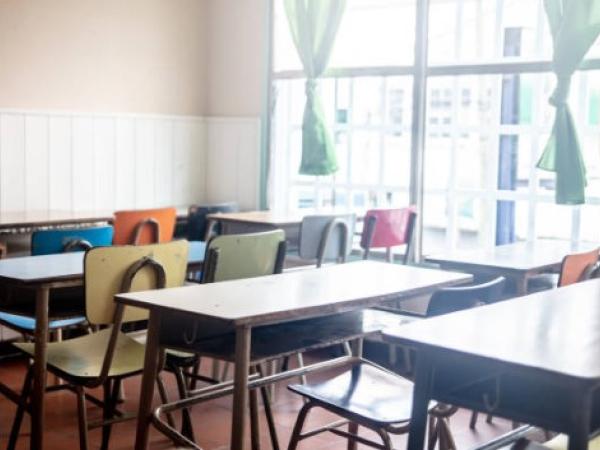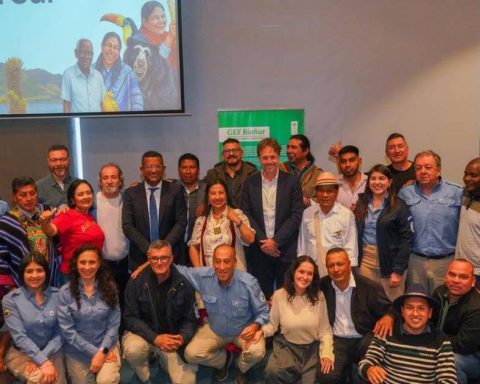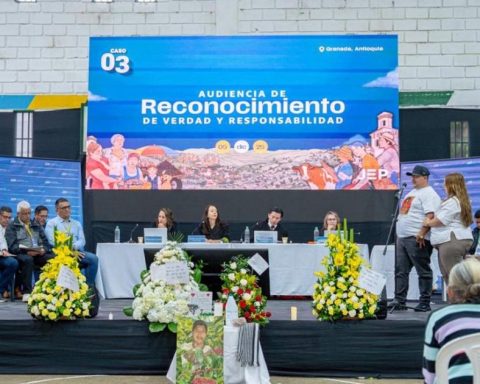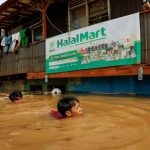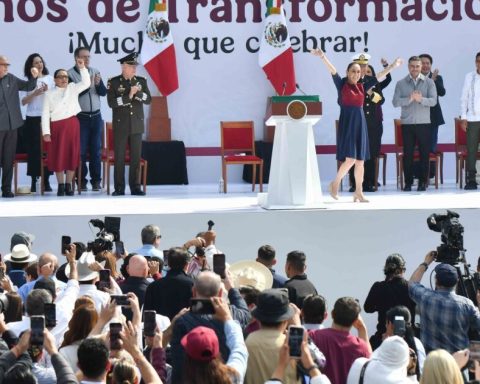Closing the gaps in education has been one of the most arduous tasks for the country. Although progress has been made, Today, rural areas have structural needs that require improvements in terms of quality, coverage and accessibility.
(See: The proposals to ‘save’ the country’s public education finances)
According to a report from the Laboratory of Education Economics (LEE) of the Javeriana University, this aspect of quality is one of the most worrying, The results of the Saber 11 tests in urban areas show a difference of 26 points compared to students who live in the countryside.
Added to this is a lack of qualified and trained teachers, as well as budgetary constraints to expand the teaching staff. In the analysis, Of the 55,889 educational institutions in the country, 67% are located in rural areas.
(See more: Wear and tear of reforms would limit the fulfillment of the PND in education and health)
Of the total number of schools in rural areas, it was estimated that 98.06% of them are part of the official sector, while in urban areas 53% of the institutions are public. Thus, in terms of the provision of education, 37.7% of rural schools offer preschool education and 45.5% offer basic primary education. Only 1.9% offer secondary education.
“Considering that an educational center can provide its service at more than one educational level, 76% of the centers in rural areas offer preschool education and 93.7% offer basic primary education. In urban areas, they tend to offer higher levels of education: 47% offer basic secondary education and 39% secondary education versus 18.6% and 11.6% respectively in rural areas.”, they explain.
(Read: This is the pharmaceutical company that is among the best companies for interns)
Rural education
iStock
Based on Dane projections, during 2023 There were 13.6 million people of school age, of whom 26.7% lived in rural areas. According to the study, this last group of people has fewer educational opportunities, compared to those who live in urban areas.
(Read more: Mining company makes the first promotion of high school graduates in Antioquia shine)
“Being born in rural areas is a fortuitous event, but it determines the type of education that can be accessed and conditions the opportunities of those who live in these areas.“, the text says.
In terms of preschool education coverage, the laboratory estimates that this segment is at 49.9% in rural areas. Even, During 2022, the average coverage rate was 47%, showing disparities between departments.
(See: Government will not submit a statutory bill to reform the education system)
For example, the Archipelago of San Andrés, Providencia and Santa Catalina has one of the highest coverage rates, reaching 91.6%, followed by La Guajira with 73.7%, Quindío with 70.9% and Risaralda with 69.5%. While that Vaupés, Vichada, and Guaviare recorded significantly lower figures for preschool coverage, with 21.4%, 24.9% and 33.2% respectively.

Rural education
iStock
“These figures reflect significant challenges in expanding access to preschool education in these areas, which may have important implications for the educational and social development of children in those communities.”, they highlight.
(Read also: 79% of Colombian ‘ninis’ do not want to find a job)
Additionally, if coverage in primary basic education is observed, in rural areas the national average figure is 62.79%, The departments with the lowest rates are Guaviare with 13.37%, Huila with 20.26%, and Caldas with 21.08%.
On the other hand, departments such as Bogotá with 172.11%, La Guajira with 142.70%, and the Archipelago of San Andrés, Providencia and Santa Catalina with 124.01%, show high coverage compared to the national average, mainly associated with migration and “overage”.
(Read: Renowned school in northern Bogotá announced its permanent closure: why?)
“This figure reflects the need to continue working on the expansion and improvement of educational infrastructure in rural areas to ensure equitable access to primary education throughout the country. It is essential to implement policies and programs to improve the quality and accessibility of education in these areas, to close educational gaps and promote the comprehensive development of rural communities in Colombia.“, they say.

Rural education
iStock
Infrastructure gaps
Now, Another point of concern is the capacity of the infrastructure and well-being of the venues in rural areas. In this regard, the document shows that there are schools where access to basic health services such as electricity, drinking water and internet is almost non-existent.
(Read also: Petro demands that the new Ministry of Education achieve free education and coverage in the sector)
For example, 15.5% of educational institutions do not have access to electricityand in Vichada and La Guajira, the result can reach 68%. Additionally, 40% of them do not have constant and free drinking water, compared to 70% of urban areas.
And another point of great concern is that 69.4% of rural educational institutions lack internet access. “Almost half of rural schools reported not having professionals to provide psychosocial support to their students, especially in a context in which pregnancies among girls between 10 and 14 years old increased by 11% in rural areas during the pandemic,” they point out.
(See: Universidad de los Andes offers 90 free virtual courses: here’s how to sign up)

Rural education
iStock
According to estimates by the laboratory and the NGO Save The Children, Currently, an average investment of $4.9 trillion is required annually until 2030. to comprehensively serve the student population between 6 and 17 years old.
(See: Regulation or ban? This is how AI should work in education)
“This investment would include full-day programs, school meals, teacher training, infrastructure improvements, transportation, psychosocial support, programs to prevent teenage pregnancy, vocational and talent guidance, protection and rights restoration programs, recruitment prevention programs, among others.” they conclude.
